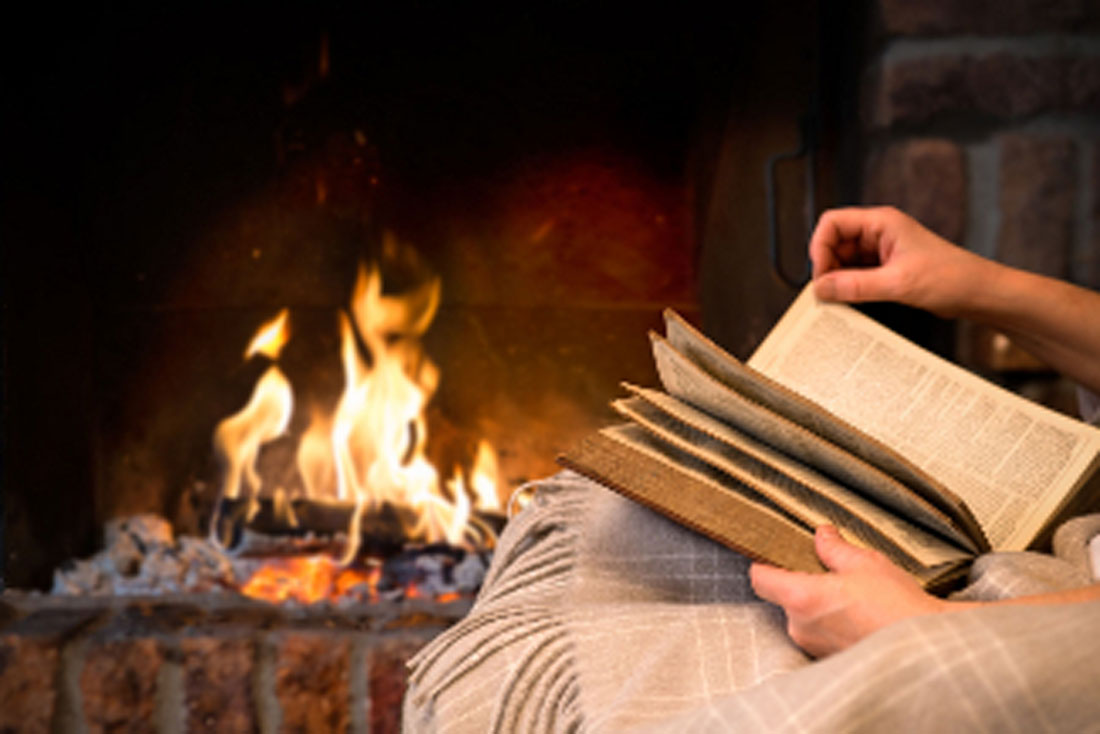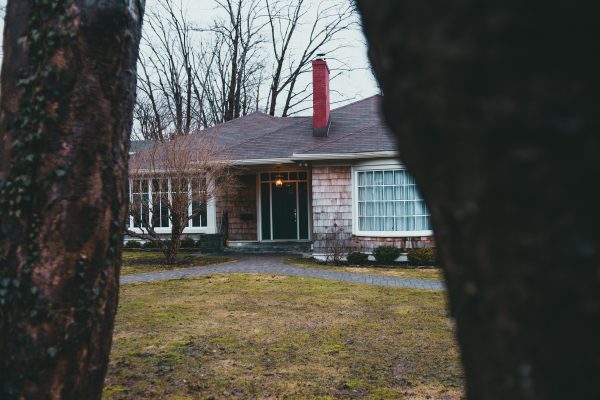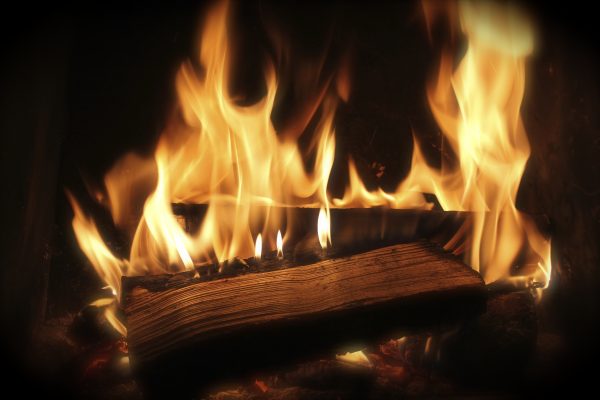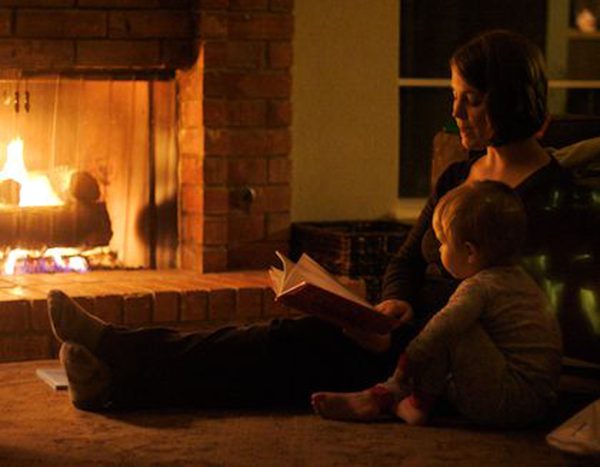When was the last time you had the chimney for your fireplace or woodstove swept? If you can’t remember how long it’s been, then it’s probably wise to have it swept before you light a fire.
During the hot summer days of summer, it’s easy to overlook having your heating system serviced. But now that July and August are behind us and the cooler days are coming, it’s time to schedule the sweeping of your wood burning fireplace or wood stove.
Your fireplace is the focal point of the room it’s in and with cooler days approaching, you will want to cozy up to a nice warm fire. For some people, Thanksgiving, Christmas and New Years are the only times they’ll light up their fireplace. And for some of you, having a fire every night during winter is the norm. Some home owners rely on that wood fire as a secondary source of heat. Regardless of how often you use it, you want a fire that burns hot and clean. You don’t want to be smoked out of your room.
Rules to follow:
- Have your chimney serviced on a regular basis. Based on how often you have fires and how quickly the creosote builds up in your chimney, your experienced WETT certified technician will let you know how often you should have your chimney swept.
- Open the damper before lighting your fire. You want the smoke and gases from the fire to go up the chimney and not into your room.
- Make sure the chimney is clear of obstructions. Light a small sheet of newsprint and hold it up at the open damper before setting fire to your kindling and wood. This will determine if the passageway is clear and that no animal has moved in since it was last serviced. Sometimes a draft of cold air coming down the chimney will have to be warmed up in order to establish a draft of warm air that will carry the smoke up the chimney.
- Use dry, seasoned wood. Dry wood will show cracks at the ends of the wood pieces. Dry wood will ignite easily and burn hot thus giving you the heat you expect from a fire. Burning wet or unseasoned wood will give off a lot of smoke as the fire attempts to burn off the moisture. Because it’s burning off moisture, it’s not providing heat. Also, this smoky exhaust will move slowly up the flue, leaving behind an excessive amount of residue. If you choose to buy green, unseasoned wood, be prepared to store it cut and stacked under cover for a year or more before using it.
- Start your fire with dry kindling and small pieces of dry wood. If you have a new system, follow the manufacturer’s instructions on how to build your fire. Some people swear by the top-down method where large pieces of fire wood sit at the bottom of the stove, with smaller pieces placed on top of them and finishing with the kindling on top of it all. Others find that the conventional method of placing the kindling at the bottom with progressively larger pieces on top works best for their wood burning system. Trial and error will help you figure out which is best for your system.





